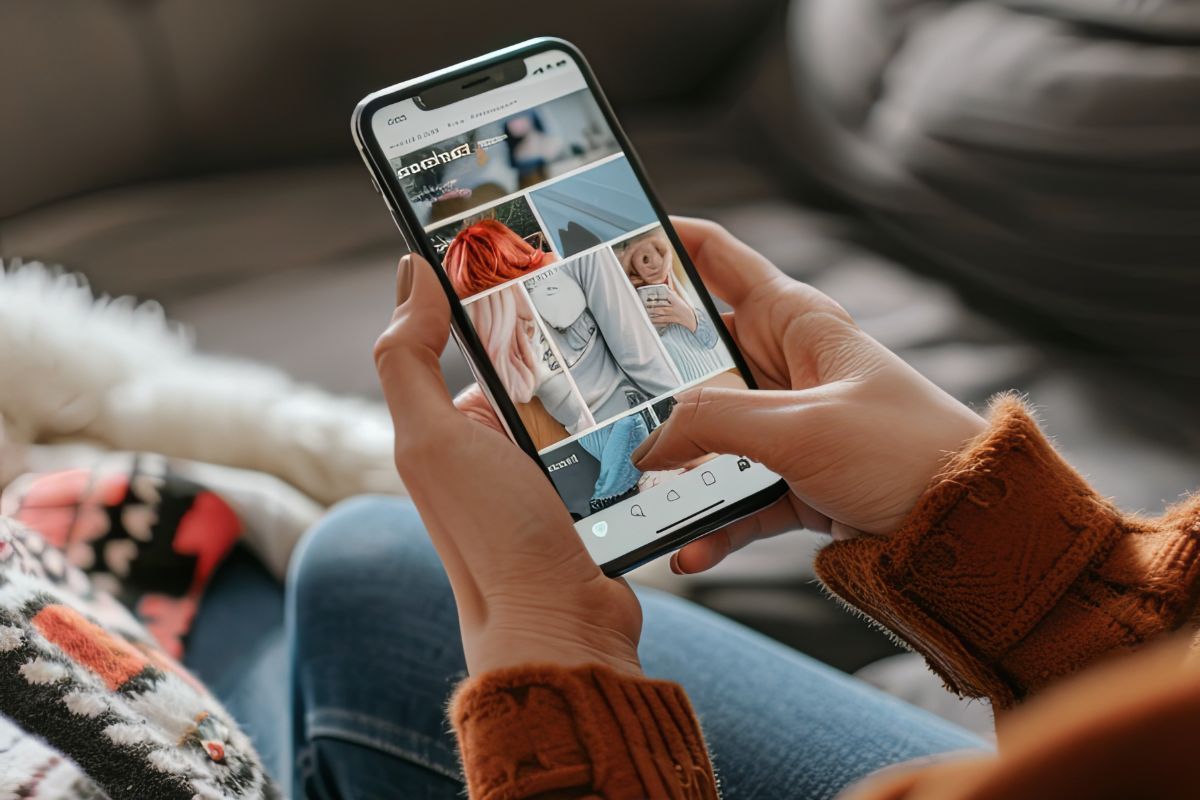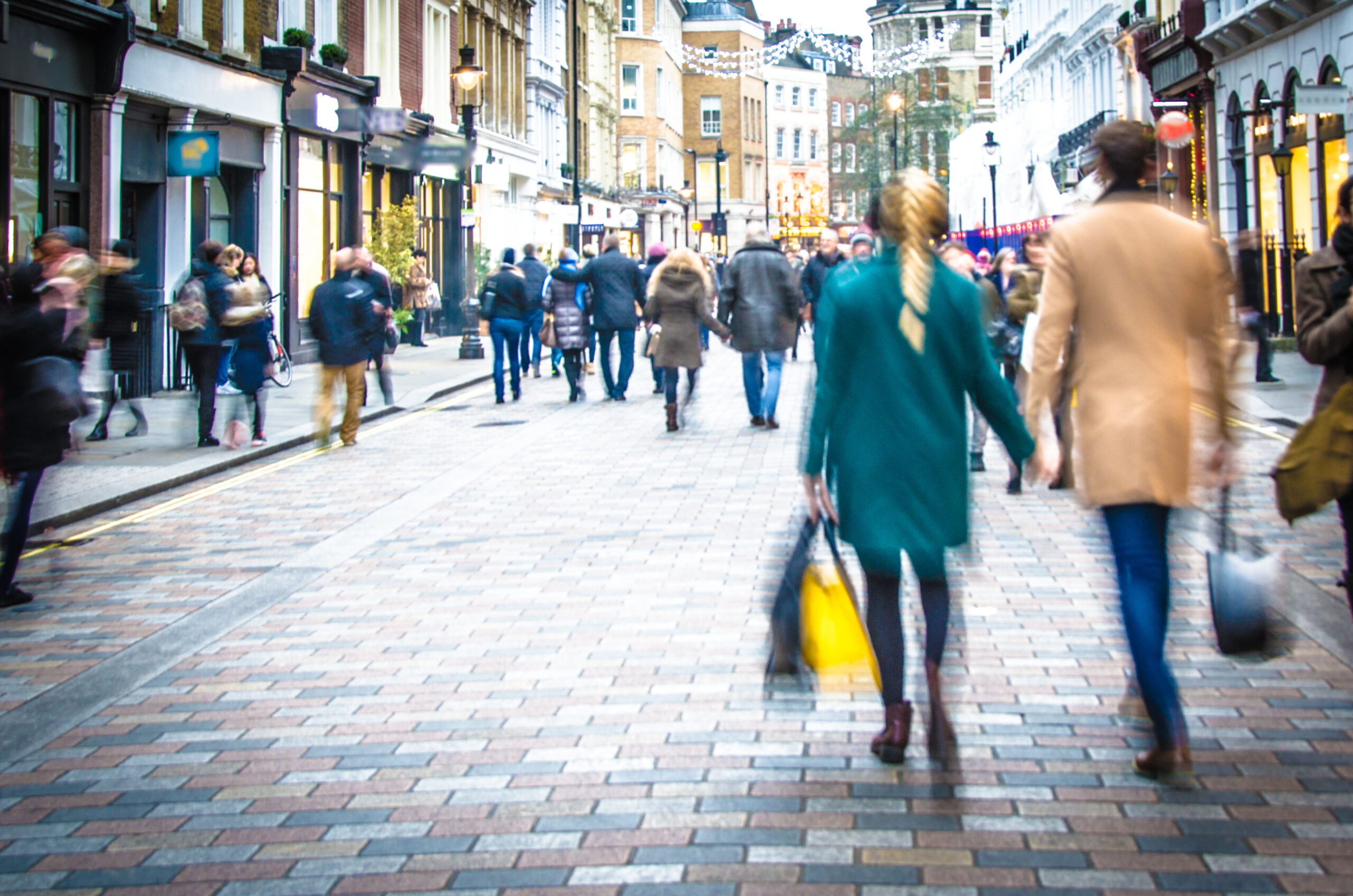Today’s digital store involves rather more than the odd kiosk, tablet computers for staff, e-receipts or free WiFi for customers. It is a world where retailers are starting to discover, among other things, the full potential of mobile, RFID and augmented reality. Many of these technologies have been with us for decades, so take-up has been slow until now. However, the growth in mobile usage and increasing consumer expectations are set to change that.
The store is still the place where the majority of transactions are completed. It now attracts additional footfall through click-and-collect and it is also part of the omnichannel continuum, linking to mobile and website to deliver a fully integrated and seamless retail experience.
Typical of the new retail approach is Debenhams’ ‘social shopping’ concept, using mobile technology to enhance customer experience. Rather than simply issuing an app to deliver loyalty points or product information, Debenhams’ plans to integrate the smartphone as part of the shopping process, enabling customers to make best use of their time by, for example, booking a fitting room in real-time to try on click-and-collect garments during their lunch-hour, rather than having to take them home and then return the rejects.
How the digital store looks now
Luxury online retailer Farfetch is already creating its vision of the digital store in Brown’s boutique in London, which it bought in 2015. Again, the mobile is central, with customers able to scan their smartphones as they enter the store to activate their customer profile, as well as to alert staff of their buying history. RFID is used on a ‘smart rail’, which allows shoppers to record the items that interest them on their phones. Once in the fitting room, augmented reality mirrors show 3D images of any selected garments, as well as acting as an interface for payment should the shopper choose to buy anything.
Made.com, another online retailer moving into the real world, uses digital projections in its London store to allow shoppers to see how various items would fit into a room set, while customers can use tablets in- store to scan products for more information and add any that interest them to a wish list. There are also desktop Macs available for those who want to place an order directly, without the need of a store assistant.
Past their use-by date, or due a revival?
Some digital technologies have already passed their use-by dates, notably the in-store kiosk which, despite early enthusiasm back in the 1980s, never really found favour with customers. Others such as iBeacons have so far failed to live up to expectation.
Futurists have been predicting the shape of tomorrow’s stores almost since shops began. Back in the early 2000s, there was the IBM clip showing a shopper in a supermarket filling his pockets andthen walking out, not as a thief but as someone who had just paid for items – already logged by RFID – by using contactless near-field technology.
In the 1980s, there was the idea of a hologram sales assistant to meet and greet, suggest purchases and record a wish list as it accompanied the shopper around a department store. We’ve also all seen the intelligent fridge compiling your shopping list and the enabled waste-bin which automatically re-orders your toothpaste as the old tube is thrown away.
New use cases
Decades on and thanks to the Internet of Things, some of these old ideas are now becoming a reality. We may never have hologram sales staff but a digital assistant on a smartphone will fulfil the same function, while robots are already being used to meet and greet in a growing number of retail locations – not all of them in Japan. Augmented reality has been used in- store by the likes of Lego, while Mothercare is adding the technology to its 2017/18 catalogue to deliver interactive tours of virtual nurseries.
For the immediate future, we can expect greater emphasis on personalisation. Many of today’s customers are happy to make their buying habits available to staff as they enter a store, in the expectation of receiving more relevant service and personal offers. This is in marked contrast to the reluctance of earlier generations to even sign-in with loyalty cards at kiosks. We can also expect artificial intelligence to play a part in improving customer segmentation and targeting so that recommended products really do match a customer’s needs and relevant suggestions are made in real time.
Analysts are also talking of tomorrow’s retail businesses as ‘platforms’ which, using digital technology and partnerships between e-tail and high street, can meet a wide range of customer needs. As Paul Martin, UK head of retail at KPMG puts it, they will “…keep the consumer within the ecosystem and target them with multiple propositions to maximise the customer lifetime value.”
Ten issues to consider
1 INTEGRATE, INTEGRATE, INTEGRATE: Shoppers expect a seamless experience. Can your store staff access a customer’s online buying history, for example, to make appropriate recommendations?
2 SAVE THEM TIME: Customers are often busy people. Can your customers text ahead to say they’ll pick up that click-and-collect order in the next 30 minutes so that it will it be ready for them?
3 FIND RELEVANT PARTNERS: The digital economy enables greater collaboration to expand the customer offer via platforms. Providing click-and- collect services for a complementary e-tail business could be a start.
4 KEEP MEASURING : Remember, “if you can’t measure it, you can’t improve it”. Make sure you have KPIs in place for any new technology or process changes you implement.
5 ANTICIPATE PROBLEMS: With customers using digital wallets instead of payment cards, what do you do when a shopper, making a major purchase, finds out that their phone battery is flat?
6 DON’T ADOPT TECHNOLOGY FOR ITS OWN SAKE: Technology has to be relevant to your customers and investment should be driven by their demands. If not, it will end up like all those kiosks left gathering dust in corners.
7 FOCUS ON CUSTOMERS: Technology and improved distribution can replace many back office functions, so switch staff to customer-facing roles that will enhance the customer experience.
8 START SMALL: Major retailers know that it’s important to pilot new technologies in a handful of stores to identify pitfalls and make improvements, so don’t rush to roll out new services.
9 BEWARE OF HACKERS: Widespread use of digital technology and the Internet of Things are increasing the opportunities for cyberattacks. Make sure your security systems and firewalls provide appropriate defences.
10 ENCOURAGE CROSS-CHANNEL: Customers who shop all your channels spend more than those using more limited touchpoints. Use loyalty apps to identify and expand interactions.
This feature first appeared in the InternetRetailing Top Suppliers Guide 2017/8. To explore the guide further click here.








